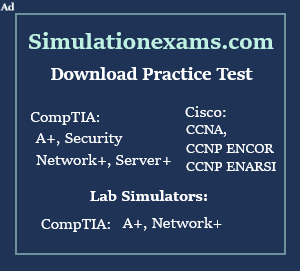2. Call Forwarding:
Call forwarding is a service that automatically routes
the user's incoming calls to another number. The process
may involve use of a virtual phone number. In a find me
/ follow me service, call forwarding may allow calls to
be routed to the user at any location or to route calls
through a number of different phone numbers or other applications,
such as voice e-mail or text messaging.
Airtime applies to forwarded/transferred calls even if
you send the call to wire line telephones. When forwarding
calls to phone numbers outside your local calling area,
you'll be billed for any toll, long distance, and airtime
charges incurred. Additional per-minute charges may apply
to all forwarded calls. This feature is also known as "Immediate
Call Forwarding".
This feature can be activated by contacting the service
provider
3. Call barring:
A phone service feature that restricts/blocks certain
types calls. Call barring allows you to specify the types
of calls that can and cannot be sent and received from your
device. For incoming calls, you can block none, all or only
calls when roaming. For outbound calls, you can block all
calls, all international calls or all international calls
except those to your home country. You can also block calls
from specific numbers. This feature will work only if the
Call forwarding feature is de-activated. This is a handset
dependent feature
Steps to restrict outgoing or incoming calls on most
of the mobile phones:
- Press the center select key (MENU) to open the menu.
- Use the navigation key to scroll to SETTINGS & TOOLS
- Press the navigation key down to scroll to Call
Settings, and press the center select key (OK) to select
it.
- Scroll to Call Restrictions and press the center
select key (OK).
- When prompted, enter the lock code and press the
center select key (OK).
- Select Outgoing Calls or Incoming Calls and press
the center select key (OK).
- Scroll to All, Contacts, or None, and press the
center select key (OK).
4. Conference calling/Tree-way calling
A conference call is a telephone call in which the calling
party wishes to have more than one called party listen in to
the audio portion of the call. The conference calls may be designed
to allow the called party to participate during the call, or
the call may be set up so that the called party merely listens
into the call and cannot speak.
The business world relies on conference calling for communication
exchanges between colleagues and customers. In many ways, three-way
calling from a mobile device resembles calling from a landline
phone. Initiating mobile three-way calling has become as simple
as pressing a few button. To use this service find if your service
provider supports it. You can pay per conference call (and get
charged according to how many people call in, how long the call
lasts, etc.) or purchase a flat rate service, in which you have,
unlimited access to a conference bridge at a fixed monthly cost.
Premium Telephone Numbers Advance Payments Premium Telephone
Numbers at Best Rates, Live Stats Some services will require
you to buy hardware and/or add/switch long distance service,
but there are prepaid services that will allow you to use your
landline telephone, mobile phone, or computer. Consider if you
want a toll free (ex: 1-800) number, or if you want participants
to pay long distance charges when they call in. Conference calls
can also be used in conjunction with web conferences, so participants
can view documents or presentations simultaneously while on
the call.
5. Voicemail with message alert:
Voice mail is a network feature offered by most networks.
It is similar to an answering machine and allows the caller
to leave a voice message if the person called is unavailable.
This feature means that the person who received the message
can listen to it whenever necessary. Requesting the service
provider can activate this feature. There is no extra monthly
cost for setting up Voicemail - you just pay for the phone call
when you use the service.






